Hiatal hernia
A hiatal hernia occurs when the upper part of the stomach pushes through the diaphragm into the chest cavity. Laparoscopic hiatal hernia repair offers a modern, minimally invasive solution with faster healing, less pain, and lasting relief from acid reflux and discomfort.
- Home
- Service
- Hiatal hernia
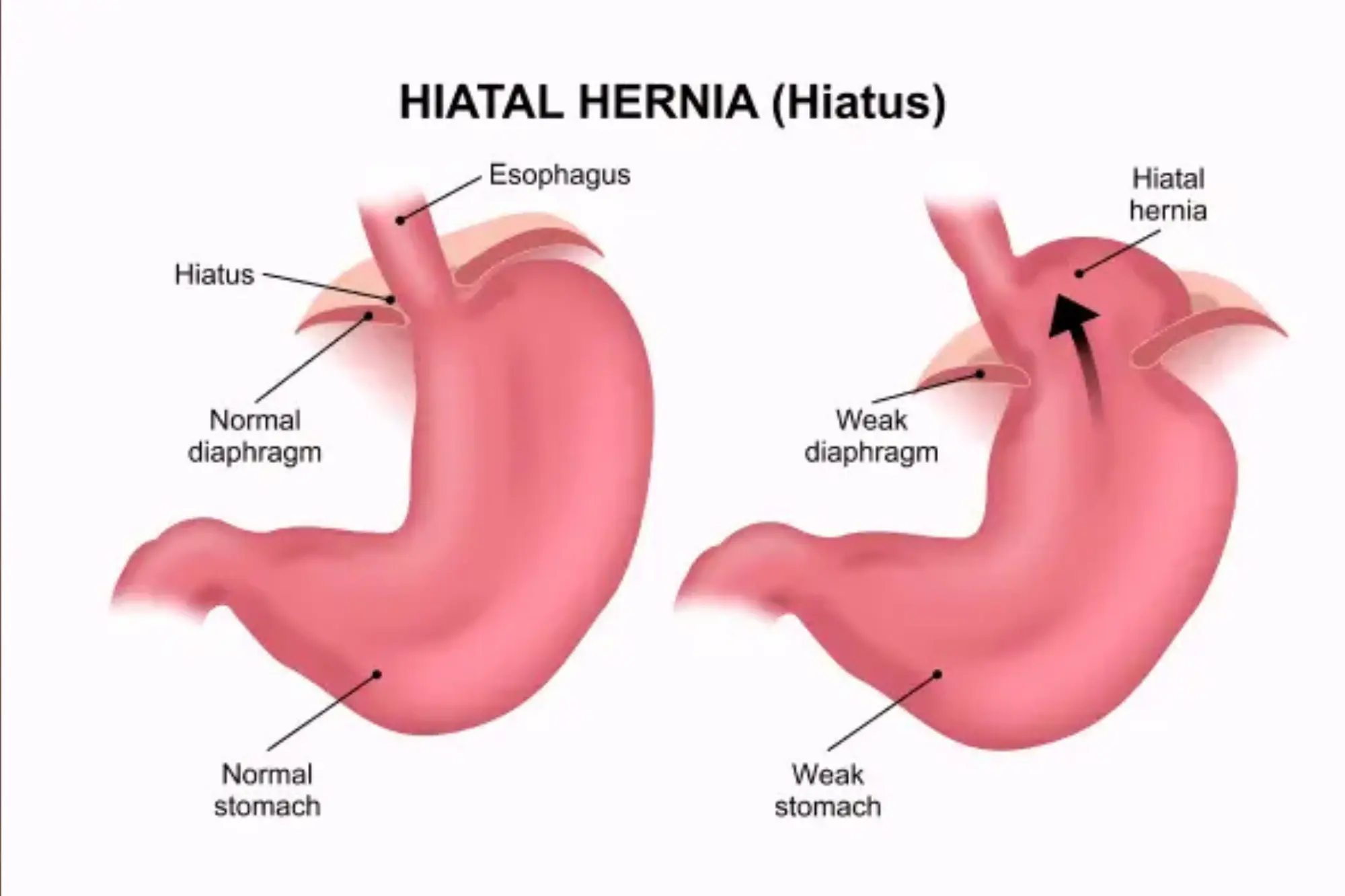
Description
Hiatal hernias develop when the diaphragm weakens, allowing the stomach to move into the chest cavity through the esophageal opening. Small hernias may not cause symptoms, but larger ones often lead to heartburn, regurgitation, and even breathing difficulties.
Laparoscopic surgery uses tiny incisions to reposition the stomach, tighten the diaphragm opening, and, if necessary, perform fundoplication to prevent reflux. It’s a highly effective method with reduced downtime and fewer complications.
Laparoscopic surgery uses tiny incisions to reposition the stomach, tighten the diaphragm opening, and, if necessary, perform fundoplication to prevent reflux. It’s a highly effective method with reduced downtime and fewer complications.
Conditions Treated
- Sliding and paraesophageal hiatal hernias
- Chronic GERD or acid reflux
- Difficulty swallowing due to hernia pressure
- Chest pain unrelated to the heart
- Belching, bloating, and regurgitation issues
Tests and Treatments Offered
- Upper GI endoscopy
- Barium swallow X-ray
- Esophageal manometry
- 24-hour pH monitoring
- Laparoscopic hernia repair with fundoplication
Contact Us
+91 81211 51389
Book Appointment
Related
Related Treatments
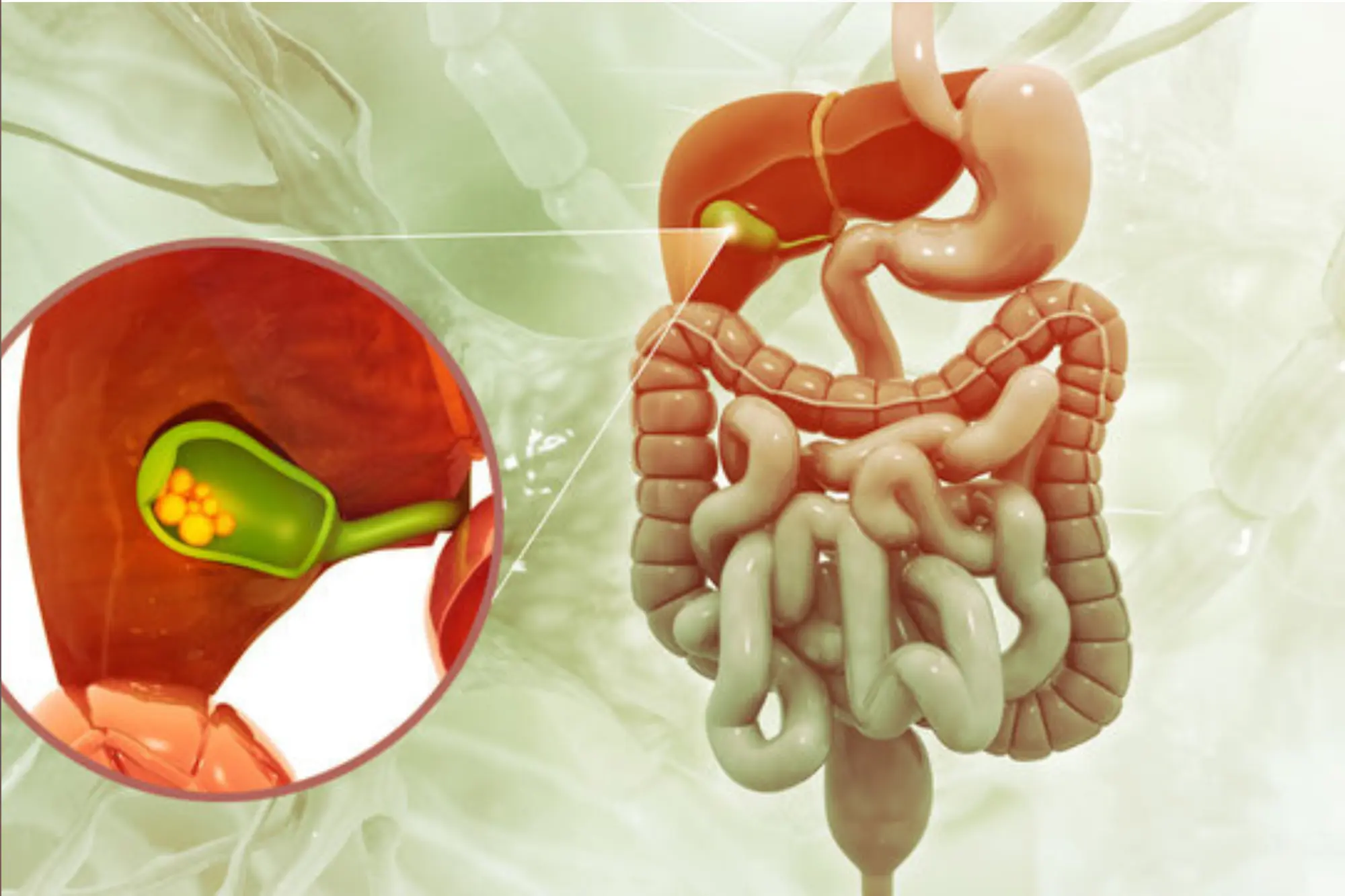
GallStone Treatment
Gallstones are hardened deposits that form in the gallbladder, often causing pain, indigestion, and other digestive issues.
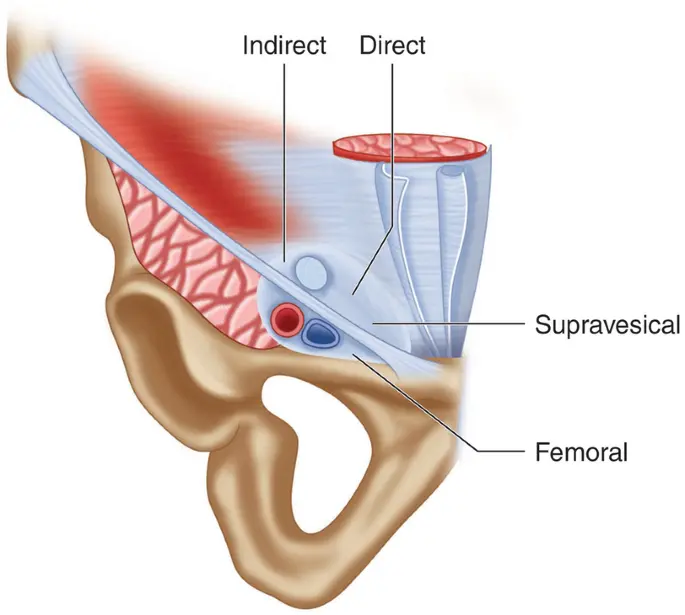
Femoral hernia
Femoral hernia is a less common but potentially serious type of hernia that often requires surgical correction.
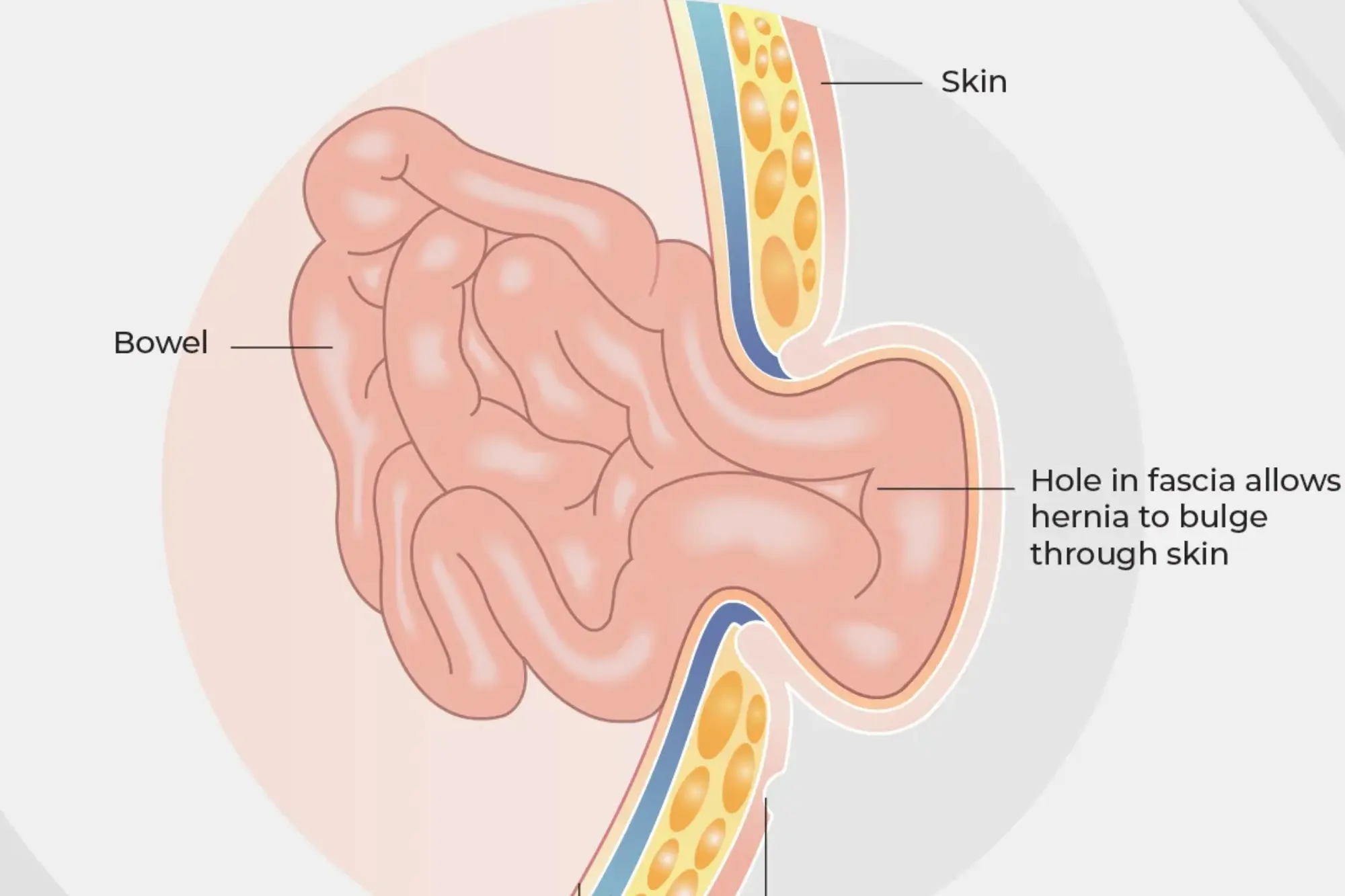
Umblical Hernia
An umbilical hernia occurs when part of the intestine pushes through the abdominal wall near the belly button.
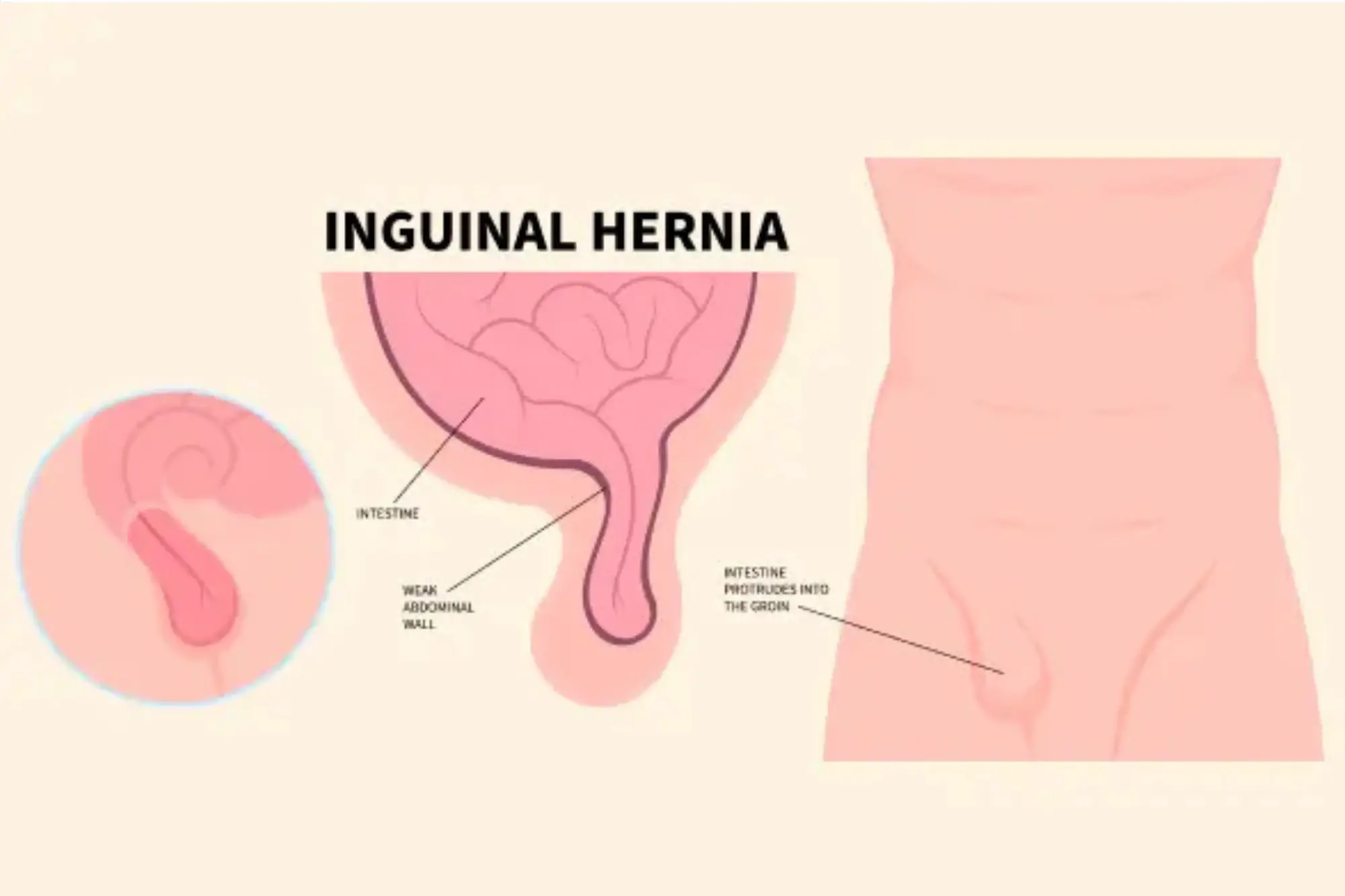
Unilateral Inguinal Hernia
A laparoscopic solution for a common yet uncomfortable issue, Inguinal Hernia surgery helps you return to your routine with minimal downtime and scars.

Comfortable Breathing, Reflux-Free Living
Laparoscopic hiatal hernia repair not only relieves symptoms but also improves your quality of life—so you can breathe, eat, and sleep comfortably again.
Frequently Asked Questions
Here’s what many patients want to know before surgery:
Most patients experience significant relief from reflux symptoms after laparoscopic hiatal hernia repair with fundoplication.
It’s minimally invasive and generally well-tolerated. Pain is mild and managed with oral medications.
With proper lifestyle changes and surgical technique, recurrence is rare but possible. Long-term follow-up helps maintain results.


